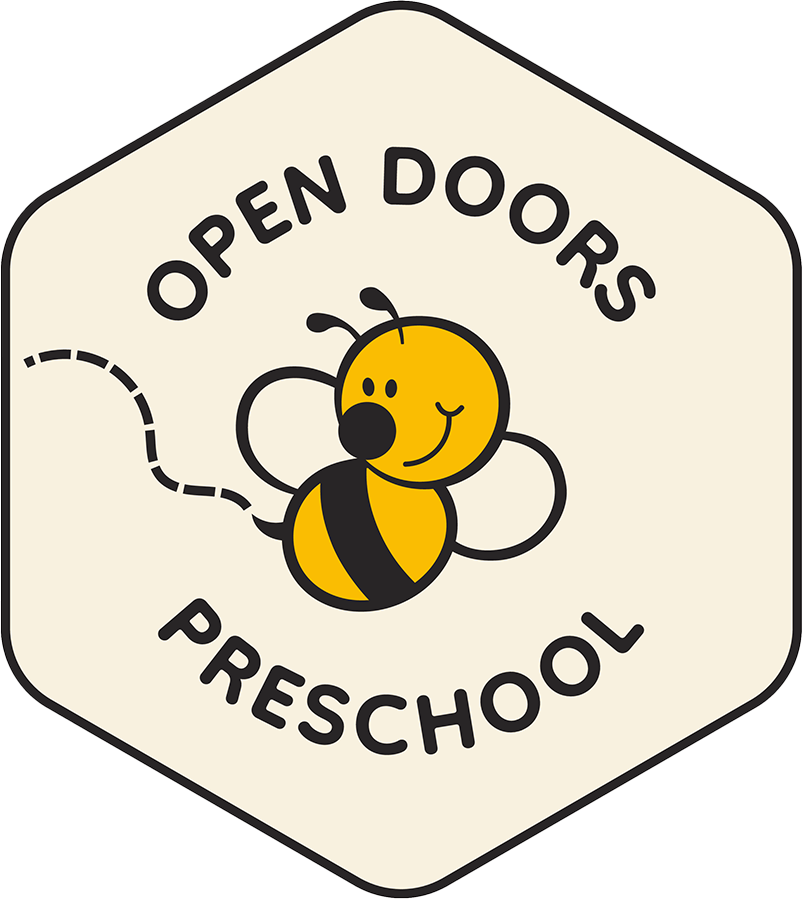As the holiday season approaches, it presents a unique opportunity to teach our children about gratitude. This festive period, rich with tradition and family gatherings, can be the perfect backdrop for instilling a sense of thankfulness in the young minds. Here’s how to turn the holiday cheer into lessons of gratitude:
Start with Storytelling
Begin by sharing stories that focus on gratitude. Introduce your children to books like “Thank You, Omu!” by Oge Mora, which tells the story of a generous woman who shares her stew with the whole neighborhood. For older children, “The Giving Tree” by Shel Silverstein provides a poignant portrayal of selfless love and gratitude. Another excellent choice is “Gratitude Soup” by Olivia Rosewood, which uses a colorful metaphor to teach children about being thankful. These stories, whether read aloud or discussed, can become the cornerstone of understanding the value of gratitude. Remember, children love stories, and the morals embedded in these narratives can leave a lasting impression.


Involve Them in the Process
Whether it’s cooking a family meal or wrapping gifts, involve your children in the process. This hands-on approach not only teaches them the effort behind the scenes but also encourages them to appreciate the hard work others put into making the holidays special.

Volunteer Together
Volunteering is a tangible way to show children how to be grateful for what they have by giving back to those less fortunate. Choose a local charity or community service and make it a family event.
Create a Gratitude Tree
Make a gratitude tree where family members can write down what they are thankful for on ornaments or paper leaves and hang them on the tree. This visual representation of gratitude can be a powerful reminder of all the good in your lives.
Express Thanks Openly
Children learn by example. Make it a habit to express your own gratitude openly and often. Say thank you for the big and small things, and explain why you’re thankful. This will teach them to acknowledge and appreciate the kindness of others.
Send Thank You Notes
Encourage your children to write thank you notes for the gifts and kind gestures they receive. This practice helps them to reflect on each act of kindness and the person behind it.
Discuss the True Meaning of the Holidays
Take time to discuss with your children what the holidays truly signify. Whether it’s about religious beliefs, family traditions, or a general spirit of giving, understanding the deeper meaning can nurture a grateful heart.


Encourage Handmade Gifts

Guide your children to create handmade gifts for family and friends. The time and effort they invest in making something for someone else can foster an appreciation for the gifts they receive.
Reflect on the Year
As the year comes to a close, reflect on the past months with your children. Discuss the good times and the challenges, highlighting how both are valuable and worthy of gratitude.
Set an Intention for the New Year
Finally, set intentions with your children for the New Year. Encourage them to think about how they can show gratitude and kindness throughout the year, not just during the holidays.
By integrating these activities into your holiday routine, you’re not only making memories but also teaching your children the importance of gratitude. This holiday season, let’s gift our children with a grateful heart that will last a lifetime!

